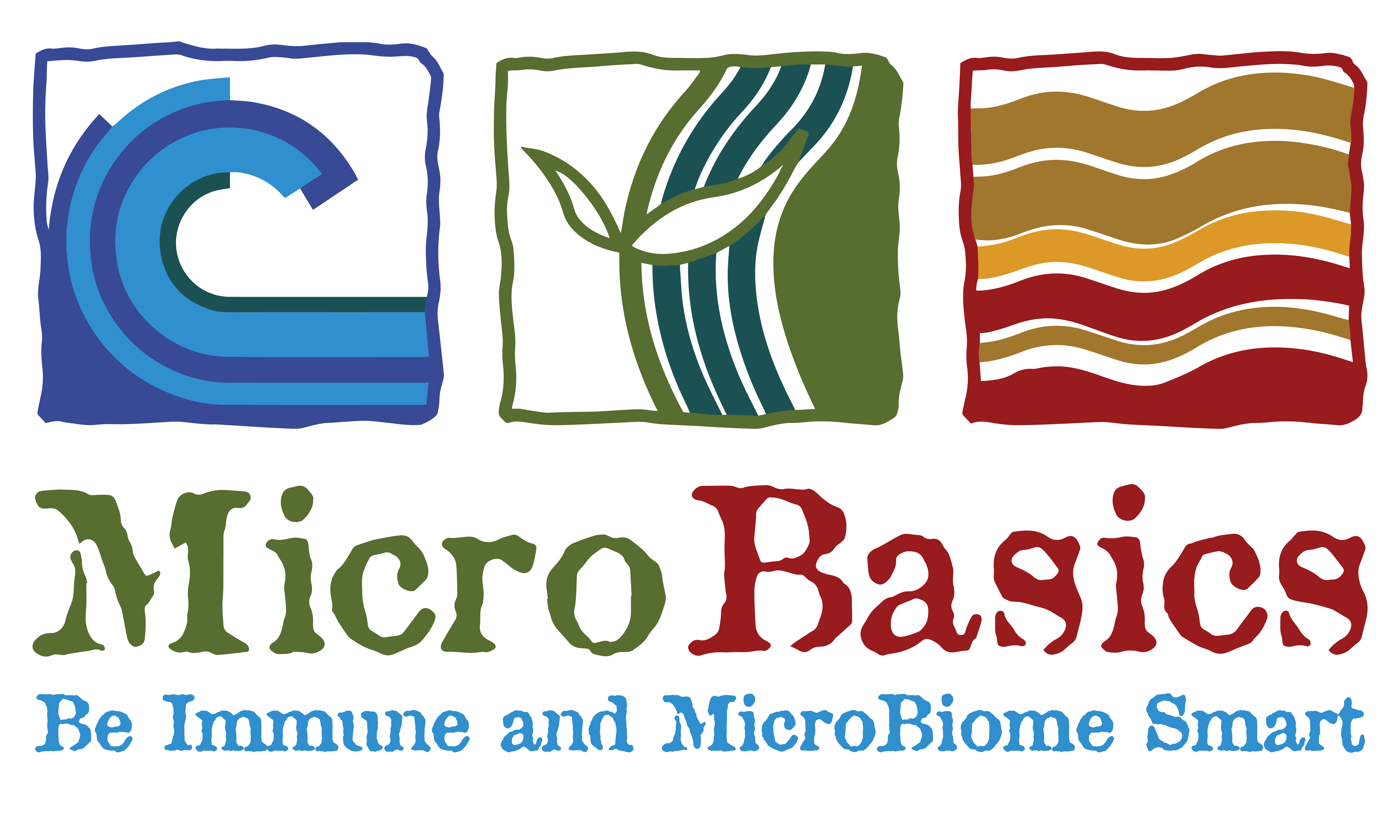Methane gas produced by cows through ruminal fermentation is released into the atmosphere when the animal burps. This gas not only contributes to global warming but also results in the loss of feed energy. If we can control rumen fermentation, methane can be minimized and feed energy can be allocated to milk and beef production, thereby reducing the effects on global warming and increasing livestock productivity.
Methane Production
Methane production is considered the main hydrogen sink in the rumen. It is synthesized by methanogenic archaea with hydrogen (H2) and carbon dioxide (CO2) substrates.
Plant material is digested into glucose; bacteria ferment this glucose into volatile fatty acids which produce H2. Methanogenic bacteria then use that H2 and CO2 to produce Methane.
85% of methane is belched through the nose and mouth, the remainder is expelled from the other end of the animal.
Environmental Impact
Methane is a greenhouse gas, meaning it affects the climate and temperature of the earth. The warming potential of methane is 28 times that of CO2. Methane is part of the biogenic carbon cycle and eventually returns to the atmosphere as CO2.
Methane is relatively short lived in the atmosphere. Within 12 years 80-89% of it is removed by oxidation with tropical hydroxyl radicals (OH). Methane is being destroyed at the same time as it is being emitted and is referred to as a flow gas. Meaning, methane’s impact isn’t determined by how much is being emitted, but by how much more or less methane is being emitted over time, this is a change in rate of emission.
Methane produced outside of equilibrium warms at 28 times that of CO2 over 100 years. It is important that we do not increase methane emissions beyond what they currently are. If we can produce less methane than is being destroyed, a cooling effect will be created.
Feed Additives
Dietary strategies using feed additives such as probiotics, prebiotics, essential oils, and others are a viable strategy to reduce methane emissions in cattle.
Methane is produced exclusively by methanogenic archaea and is a normal byproduct of fermentation in the reticulorumen. Various methane mitigation strategies have been investigated but often results are inconsistent. This may be due to the lack of understanding of the mechanistic basis of methanogenesis and the effect of inhibitors on specific methanogenic lineages and other microbes in the rumen.
For now, feed additives are the leading strategy. Prebiotics and probiotics can be used to influence the microbiome and impact which post-biotic compounds are produced by the microbes. Therefore, they may prove to be an effective way to decrease methane production.
I got to experience this personally last summer when I conducted a dry cow study. We were looking at the effects of feeding Achieve through the dry period. In addition to a return on investment of $13.60/hd./lactation we saw a reduction in methane producing bacteria upon analysis of the microbiome. This reduction in methane producers may have been part of the reason we saw an economic return on investment. Less carbon was captured as a methane byproduct, and more was available for milk production.
It may take some time and more research yet to nail down an exact formula to significantly reduce methane production, but the scientific community is well on its way to making an impact. In the meantime, work with your nutritionist to best utilize the probiotics and prebiotics on the market to improve efficiencies on your farm. If you would like more information on Achieve please reach out to us at service@microbasics.com.
Written by: Mariah Gull, M.S.
Sources:
M. Getabalew and A. Negash, Benefits of Probiotics on Production, Health and Methane Mitigation in Ruminant Animals. Academic Journal of Nutirtion 9 )2): 21-28, 2020
Why methane from cattle warms the climate differently than CO2 from fossil fuels | CLEAR Center





